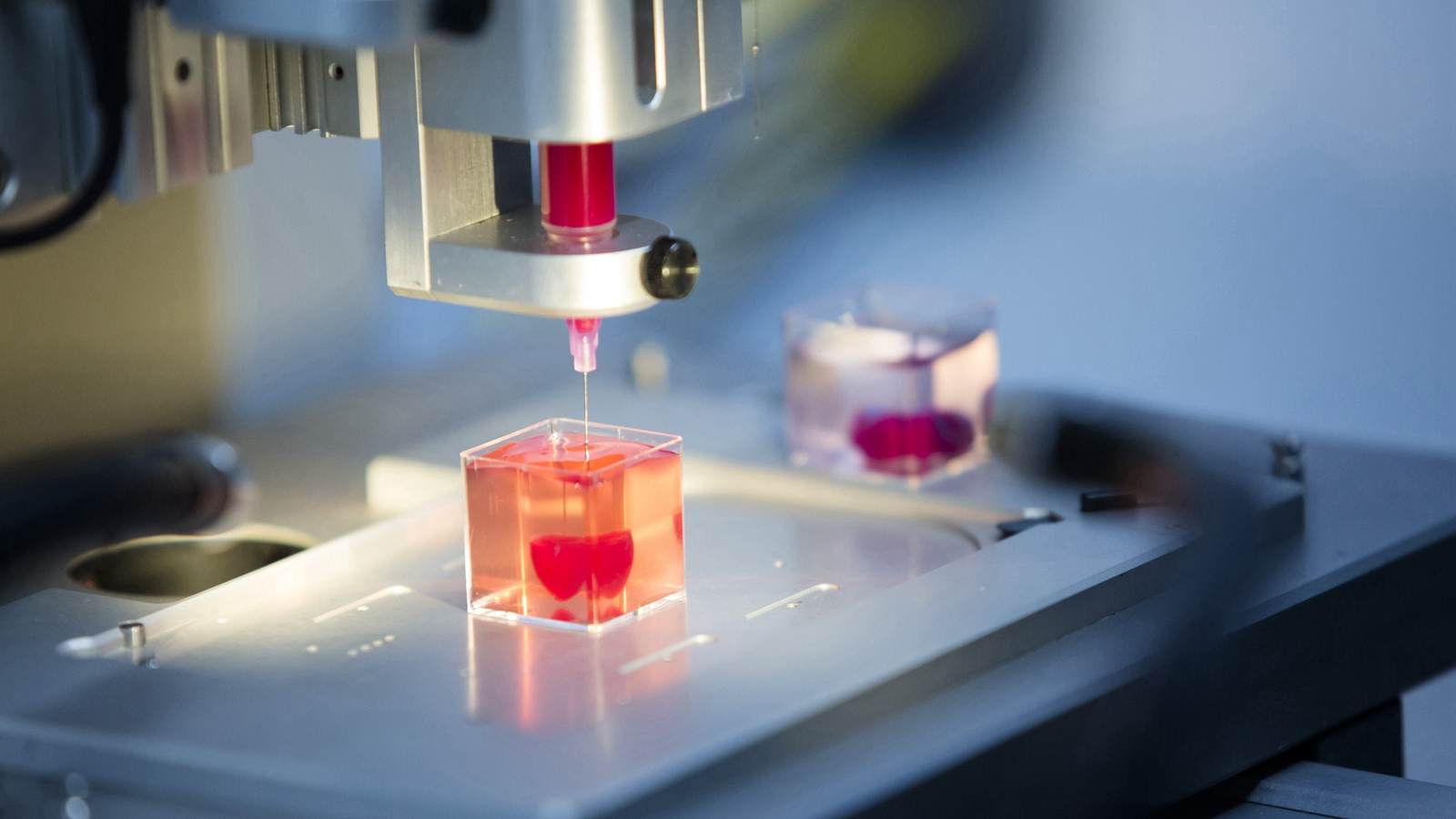3D printing, also known as additive manufacturing, is a process of making three dimensional solid objects from a digital file. The creation of 3D printed objects is achieved using additive processes. In an additive process, an object is created by laying down successive layers of material until the object is complete. Each layer can be seen as a thinly sliced horizontal cross-section of the eventual object.
Types of 3D Printers
There are several types of 3D printers, the most common ones are:
•Fused Deposition Modeling (FDM) – FDM printers melt a plastic filament and deposit it onto a build plate layer by layer. FDM is a simple, cost effective 3D printing technology suitable for educational and home use.
•Stereolithography (SLA) – SLA uses an ultraviolet (UV) laser to cure a photosensitive resin into hardened plastic. SLA produces high resolution prints with smooth surface finishes. SLA printers are more expensive than FDM printers.
•Selective Laser Sintering (SLS) – SLS uses a high power laser to fuse small particles of plastic, ceramic or metal powders into a solid form. SLS is an industrial 3D printing technology capable of making durable and functional prototypes and parts.
•Laminated Object Manufacturing (LOM) – LOM uses laminated sheets made of paper, plastic or metal which are laser cut to shape and bonded together. LOM is fast and ideal for making large prints but the surface finish is rough.
•Electron Beam Melting (EBM) – EBM uses an electron beam to melt metal powder together layer by layer. EBM is mostly used to make fully dense metal parts out of titanium alloys and nickel superalloys. EBM produces strong and temperature resistant metal parts.
•Digital Light Processing (DLP) – DLP uses a digital light projector to project the image of each layer onto a vat of light-sensitive photopolymer resin. The projected light cures the resin into hardened plastic. DLP produces smooth and high resolution prints like SLA. DLP 3D printers tend to be more expensive than FDM printers.
Learn CAD Design for 3D Printing
To create 3D printed objects, you need 3D computer aided design (CAD) software to design the objects. Some free options for beginners include:
•TinkerCAD – TinkerCAD is a free, easy to use online 3D design tool. It offers simple geometric shapes that can be manipulated and combined to create more complex designs.
•FreeCAD – FreeCAD is an open source parametric 3D modeler. It has a steep learning curve but is a fully featured CAD tool for 3D printing.
•SketchUp – SketchUp is free CAD software that provides an intuitive interface for creating 3D designs. The paid version “SketchUp Pro” has more advanced features for 3D printing and other applications.
•Blender – Blender is free, open-source 3D creation suite. It supports the entirety of the 3D pipeline including modeling, rigging, animation, simulation, rendering, video editing and 2D animation. Blender has a steep learning curve but is popular for designing 3D printed objects.
•Solidworks – Solidworks is a leading commercial CAD software used by many professional 3D printing service bureaus. Student versions are available at a lower cost to help you learn. Solidworks provides advanced tools to design complex parts ready for 3D printing.
Tips to Improve Your 3D Printing Skills
1.Learn how to properly calibrate your 3D printer. Calibration ensures high quality 3D printed parts. It involves leveling the build plate, adjusting the extruder height, and tuning additional settings.
2.Design 3D models that suit the capabilities and limitations of your 3D printer. Consider factors like build volume, resolution, overhang tolerance, etc.
3.Start with simple 3D designs and progress to more complex ones as you gain experience. Simple shapes like cubes, cylinders and spheres are easy to 3D print and help you learn.
4.3D print prototypes often. Experiment with different filaments and 3D printer settings to improve your prints over each iteration.
5.Follow 3D printing communities and resources to discover new tips and techniques. Check websites like 3D Hubs, Pinshape, Hackaday and 3D Printing Industry.
6.Consider completing online 3D printing courses on Udemy, Coursera or Udacity. These courses provide guided lessons to enhance your 3D printing skills.
Advanced Techniques to Master
Once you get comfortable with basic 3D printing, you can move on to more advanced techniques like:
Dual Extrusion
Dual extrusion allows 3D printers to extrude two materials at once. It enables printing multi-color objects, water soluble supports, or parts with different material properties. Dual extrusion requires a 3D printer with two extruders and compatible slicing software. It adds complexity but enables new possibilities.
Soluble Supports
Soluble supports are temporary structures used to support overhanging features during 3D printing. After printing, the supports are dissolved away using a solvent, leaving behind the completed part. Printing with soluble supports allows you to create more complex geometries. Materials for soluble supports include PVA (polyvinyl alcohol) and HIPS (high impact polystyrene). Dissolvable support interfaces require an additional extruder.
Multi-Material 3D Printing
Some 3D printers offer a multi-material system with 3 or more extruders. Multi-material 3D printing allows printing an object with different materials formulaically mixed throughout its volume. For example, a part may have rigid and flexible segments, conductive and non-conductive areas, or colored and non-colored sections. Multi-material 3D printing enables fabricating smart composites and multi-functional parts. It requires significant design and printer calibration skills to master.
3D Scanning and Printing
3D scanning is the process of analyzing a real-world object to collect data on its shape and appearance. The scanned data can then be used to print a replica of the object on a 3D printer. 3D scanning and printing is useful for reverse engineering, quality control, rapid tooling, and other applications. It requires an investment in 3D scanning equipment and software in addition to your 3D printer. 3D scanning adds more complexity but enables digitally replicating physical objects.
3D Printed Electronics
3D printing technology is enabling the direct fabrication of electronic sensors, circuits and devices. By extruding conductive materials like silver, researchers have 3D printed antennas, strain gauges, electrodes, capacitive sensors and complete circuits. 3D printed electronics is an emerging application of additive manufacturing that requires knowledge in both 3D printing and circuit design. The ability to 3D print functional electronics systems will open many opportunities for smart components and products.
3D Printed Molds and Casts
3D printing can be used to create custom molds and casts for casting materials like concrete, resin, wax, plastic or metal. To make 3D printed molds and casts:
1. Design the mold or cast on your 3D printer. The mold must have an inner cavity matching the shape and texture you want to cast. Provide appropriate openings for pouring in and venting the casting material.
2. 3D print the mold using an appropriate filament like ABS, PLA or nylon. For high temperature casting, consider filaments like polycarbonate, PETG or TPU.
3. Clean and seal the mold. Smooth the mold surfaces and apply a release agent to allow easy part removal. For liquid materials, seal any leaks before casting.
4. Prepare and pour the casting material into the mold cavity. Let the material cure as required.
5. Demold the casting after curing and clean/finish as needed.The key advantage of 3D printed molds and casts is the ability to create custom shapes not possible with conventional mold making techniques. However, 3D printed molds may require more finishing and typically have lower thermal stability than metal or silicone molds. With the right techniques and materials, 3D printed molds enable efficient small batch production of complex parts.
Large Scale 3D Printing
Most desktop 3D printers have small build volumes, typically under 1 cubic foot. Large scale 3D printers provide much bigger build platforms enabling printing massive objects, up to 100 cubic feet or more in size. Some options for large scale 3D printing include:
• Big Rep – Open source large scale 3D printers from German company BigRep. Their printers have build volumes of 1-2 cubic meters.
• Thermwood – Thermwood offers industrial large scale additive manufacturing machines with build envelopes of up to 10 cubic meters. They use FFF and have options for printing plastics, composites and metal powders.
• Titan Robotics – Titan Robotics manufactures Atlas and Hyperion large format 3D printers in the US. The Atlas has a 5 cubic meter build volume while the Hyperion’s volume is over 35 cubic meters, one of the largest in the world.
• Cincinnati Incorporated – Cincinnati Incorporated is developing BAAM (Big Area Additive Manufacturing) systems capable of printing parts up to 50 feet long, 20 feet wide and 10 feet high using FFF technology.Large scale 3D printing opens new applications but also requires more advanced skills to operate and maintain these massive machines. It allows printing complete components, housings, furniture, sculptures and other extra-large items not possible on smaller systems. The ability to 3D print big parts efficiently is useful for fields like construction, aerospace, art and the military.
Trends in 3D Printing to Watch
3D printing technology is constantly improving and enabling new possibilities. Some of the latest trends in 3D printing include:
3D Printed Houses and Buildings
Construction scale 3D printing is developing rapidly. Companies like Apis Cor, Branch Technologies and Icon have demonstrated 3D printed houses and small buildings. Their large 3D printers can fabricate whole concrete structures in 24 hours or less. 3D printed construction offers faster build times, lower labor costs and more design flexibility than traditional homebuilding techniques. The ability to 3D print livable houses could help address housing shortages in many parts of the world.

3D Printed Food
3D printed food is an active area of research. 3D printers can pipe out food and dough in highly controlled manners. Burritos, pasta, chocolates, cakes, and other foods have been 3D printed. 3D printed food allows customizing shape, color, nutrition, texture and flavor in new ways. However, 3D printed food is still limited by the current selection of food-safe materials that can properly flow through 3D printer nozzles. 3D printed food may someday result in new dining experiences with personally tailored meals.
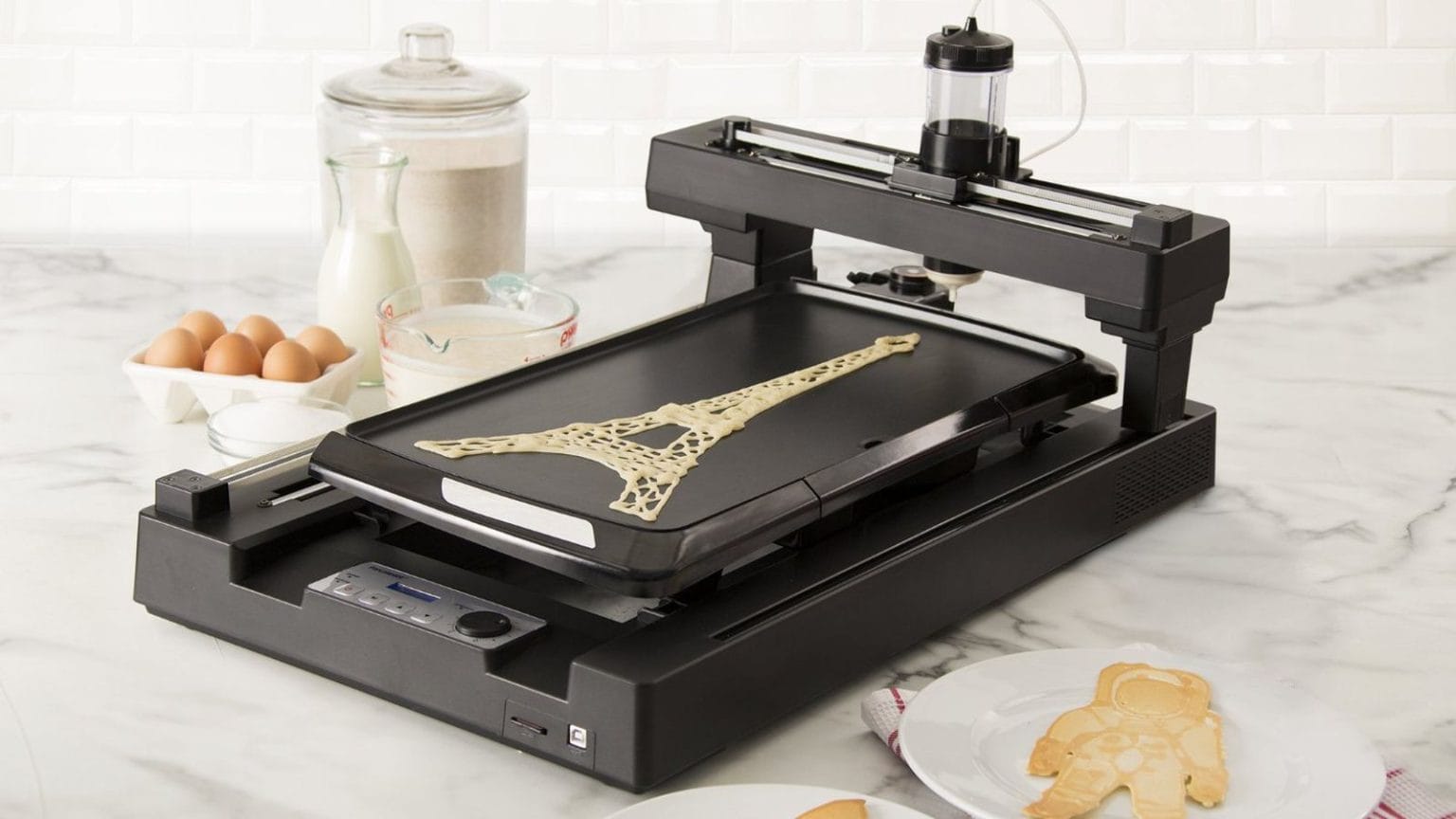
Bioprinting and 3D Printed Organs
3D bioprinting uses cells and biomaterials instead of plastics to 3D print human tissues and organs. Bioprinters place living cells with high precision to build 3D tissues layer by layer. Artificial skin, bone, cartilage and blood vessels have already been fabricated using 3D bioprinting. Complex organs like the heart, liver and kidneys remain challenging but are actively being pursued by researchers around the world. 3D bioprinted organs could someday solve organ donor shortages and revolutionize medical treatments.
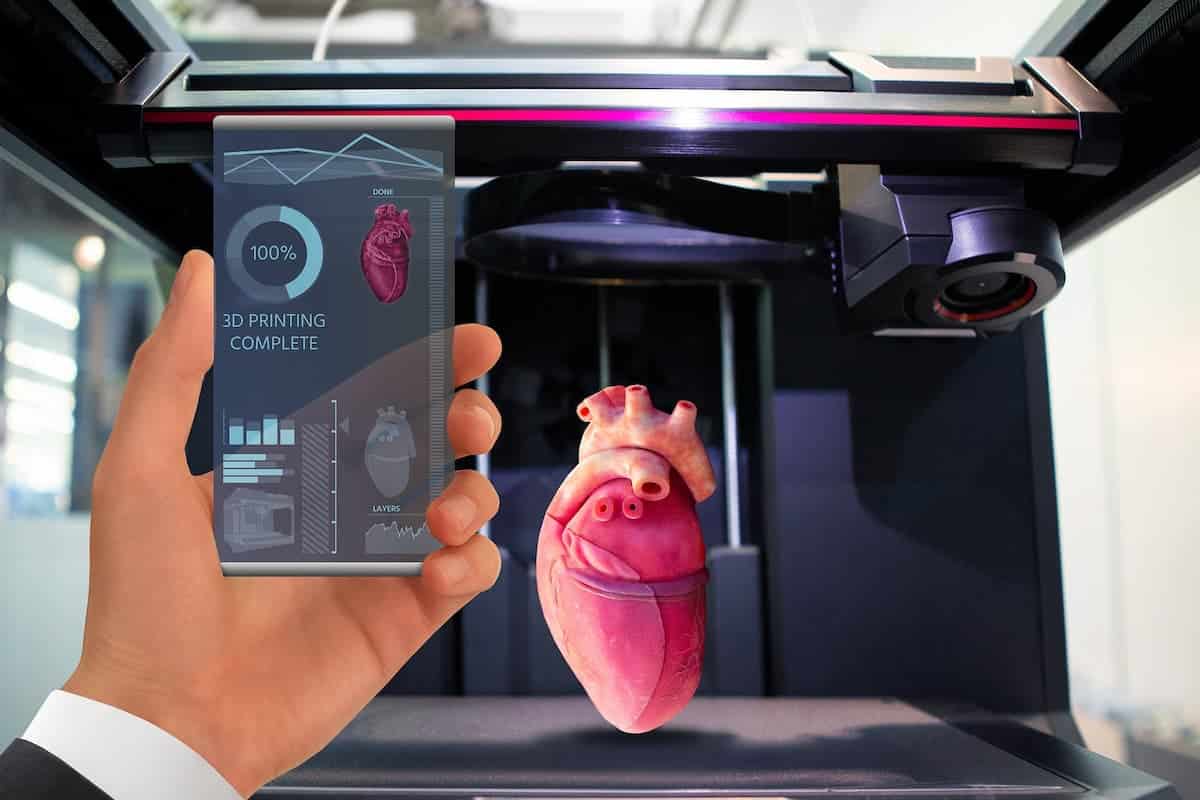
3D Printed Clothing and Fashion
3D printed clothing is an innovative new application of additive manufacturing. 3D printers can rapidly fabricate custom garments, shoes, jewelry, eyewear and other fashion accessories. With a 3D scan of a person’s body, 3D design software and a multi-material 3D printer, unique clothes can be printed to precisely fit an individual. 3D printed clothing allows producing customized fashion on-demand and in small batches. It may eventually transform how we shop and dress. Several companies are now offering 3D printed clothing and shoes as retail products.

Metal 3D Printing
Metal 3D printing allows constructing solid metal parts from digital designs. It provides an automated process for creating strong, high performance and complex metal components that are difficult to manufacture in other ways. Common metal 3D printing technologies include selective laser melting (SLM), electron beam melting (EBM) and direct metal laser sintering (DMLS). These techniques use high power lasers or electron beams to melt and fuse metal powders into solid parts. Metal 3D printing is widely used for prototypes and end-use parts in the aerospace, medical, energy and automotive industries. As costs decline and part sizes increase, metal 3D printing is poised to become even more widely adopted for manufacturing.
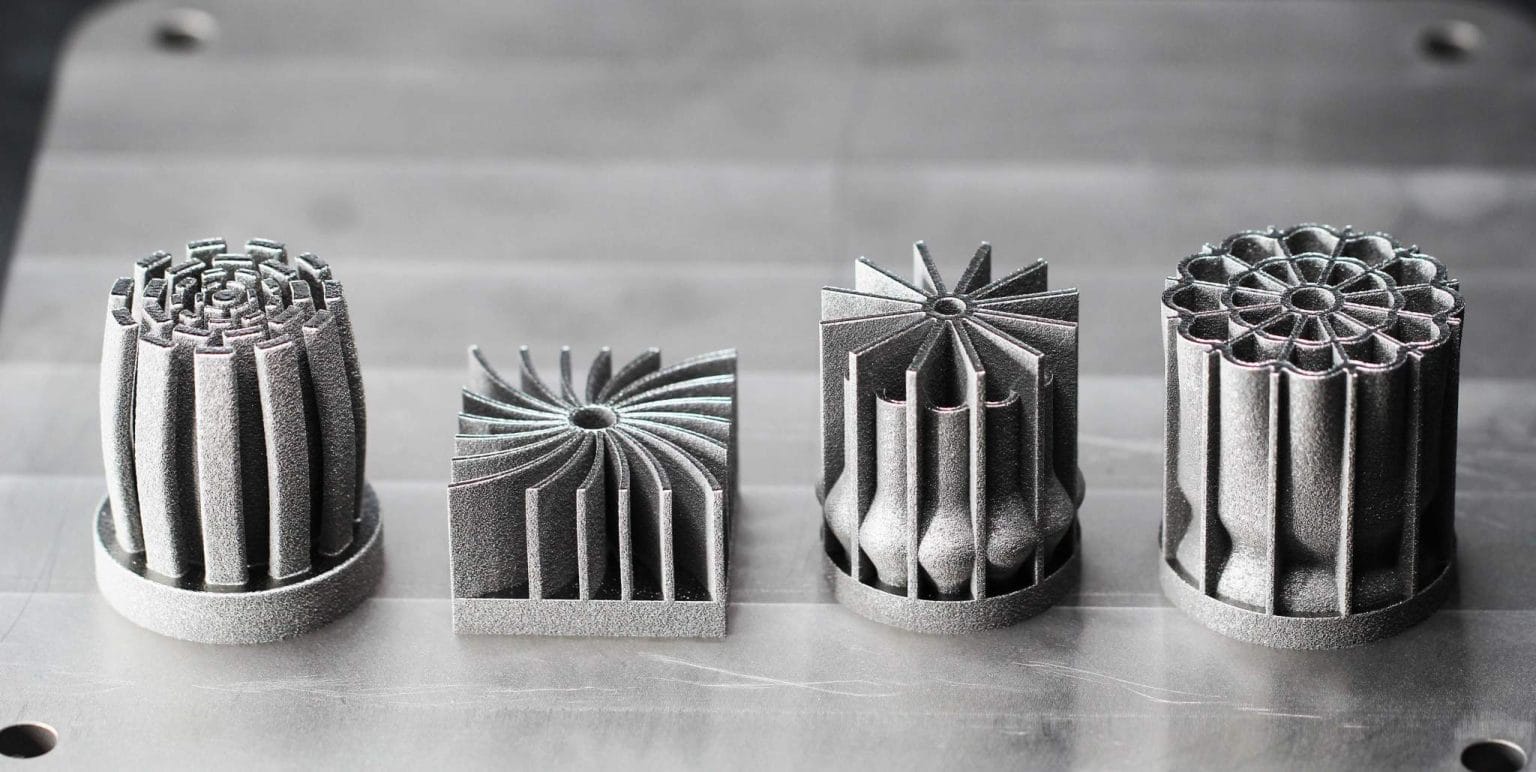
3D Printed Drugs and Pharmaceuticals
3D printing technology is enabling new possibilities for medicine production and distribution. Personalized 3D printed drugs allow fabricating medicines tailored to individual patients. This could improve treatment for complex conditions while reducing side effects. 3D printers can construct pills and tablets in customized doses, release rates and geometric shapes from digital prescriptions. Researchers have demonstrated 3D printing several prescription drugs but further development is still needed before widespread clinical use.3D printed drugs could provide life saving medications during medical crises when traditional supply chains break down. For rare conditions, 3D printed drugs may become a cost effective way to produce limited run treatments meeting exact patient requirements. In the future, 3D printed medicines and vaccines could be produced on-site in pharmacies, hospitals and doctors offices enabling locally customized care worldwide.
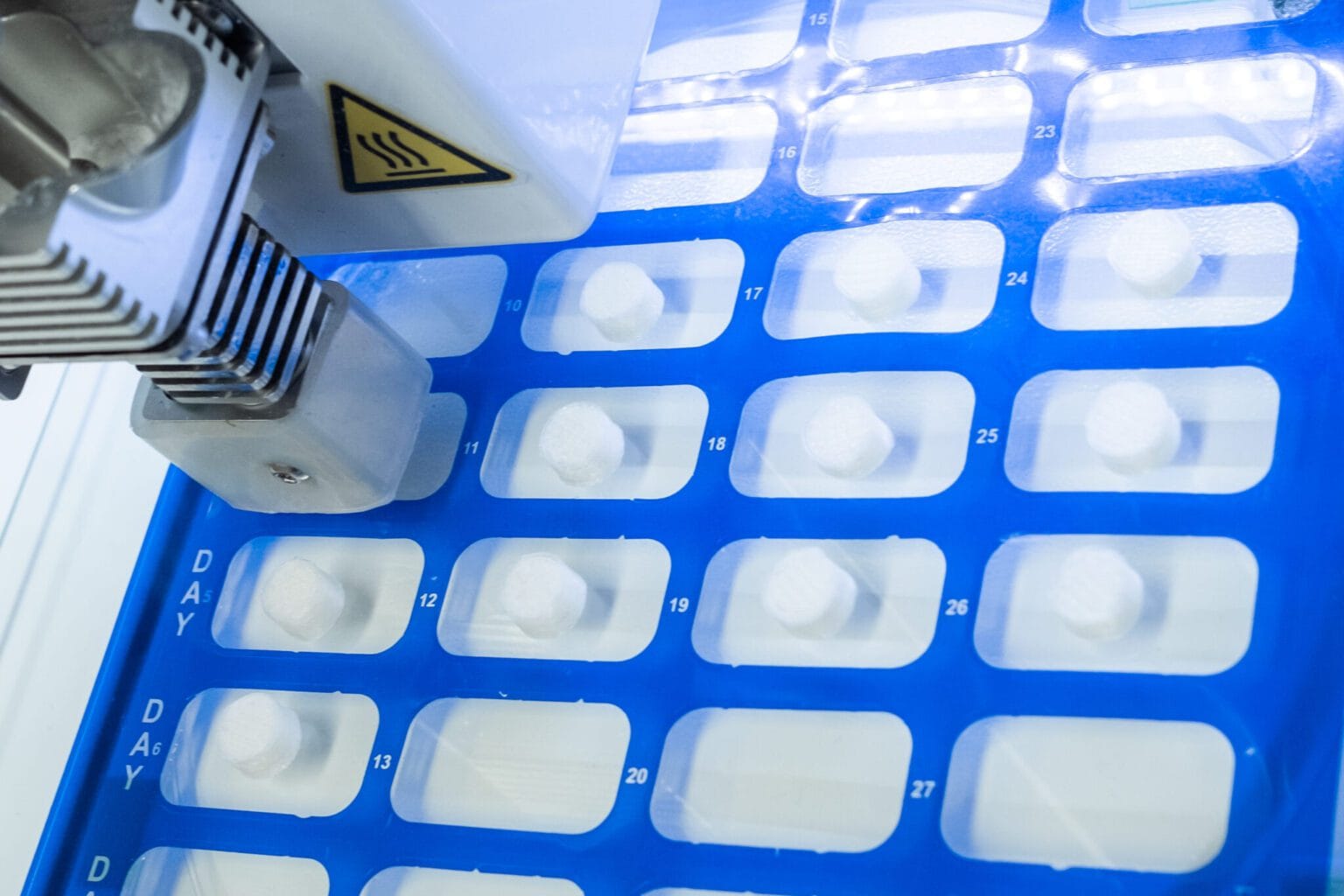
Rocket Engines and Aerospace Parts
Aerospace companies are aggressively adopting metal 3D printing for rocket engines, aircraft components, and spacecraft parts production. SpaceX’s SuperDraco rocket engine, Blue Origin’s BE-4 rocket engine and GE Aviation’s CFM LEAP fuel nozzle have all been built using 3D printing. 3D printed aerospace components offer increased performance, reduced part counts, and cuts in both cost and delivery time.NASA is also using metal 3D printing to make more efficient rocket engine designs with higher performance and reliability. Several planned deep space missions will use major components produced on 3D printers. By printing on demand in space, long duration missions can gain more independence from Earth and optimize their designs for zero-gravity environments. Metal 3D printing provides aerospace companies a competitive advantage through new levels of design optimization, part integration and reduced overhead. It is transforming how rockets and aircraft are developed and built. In the coming decades, 3D printed parts are likely to become deeply embedded within most aircraft, spacecraft and related high technology fields. Advancing 3D printing will be critical to exploring and commercializing space as access to space increases.
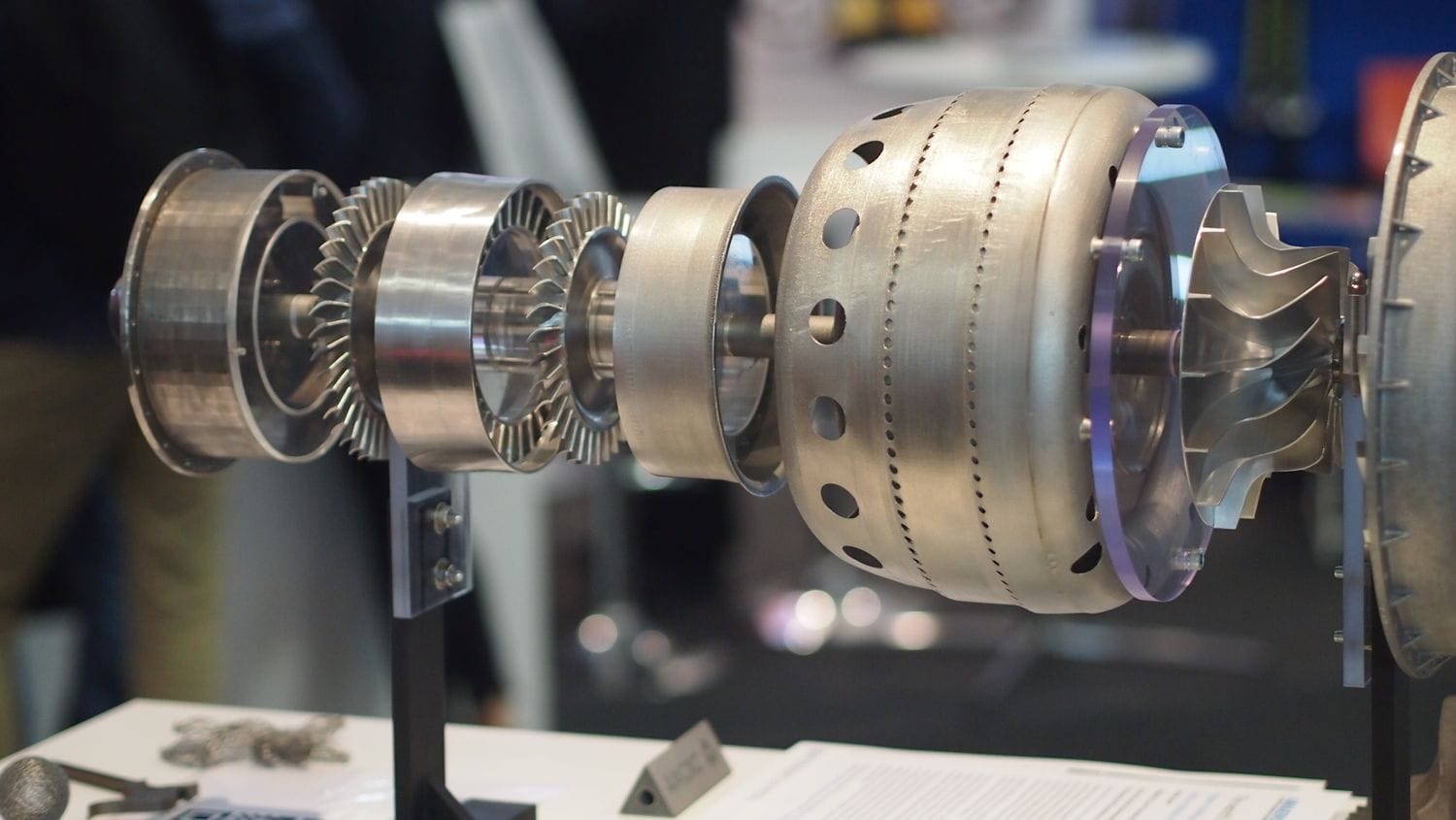
Distributed Manufacturing
3D printing enables distributed manufacturing, a model where products are built on location close to their end users. Large, centralized factories can be complemented or replaced by local 3D printing hubs in each community. 3D printed goods can be produced in small batches tailored to regional needs. Distributed 3D printing reduces long distance transport, emissions and exposure to global supply chain issues.For developing countries or regions, distributed 3D printing provides an accessible path to creation of basic necessities like tools, agricultural equipment, water filters or medical devices. Where resources are scarce, 3D printers can manufacture parts and tools locally using recycled materials when possible. Distributed 3D printing may empower more self-sufficient and sustainable societies over time. Its impact could be enormous for standards of living as well as economics in the decades ahead.
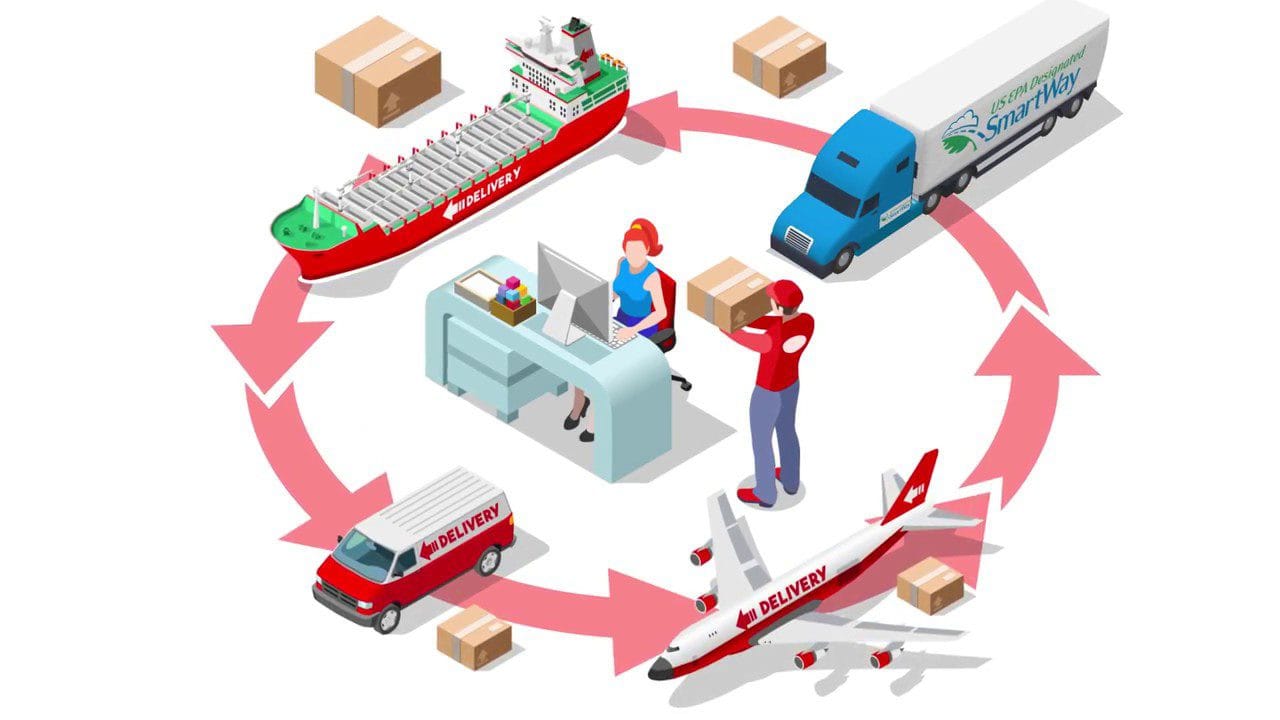
Distributed 3D printing is well suited for the following situations:
•Remote locations – Where transportation of goods is difficult, 3D printing on-site makes communities less dependent on access to global supply chains. Parts and tools can be built as needed from digital designs.
•Humanitarian crises – After natural disasters or in war zones, 3D printers can be deployed to produce necessities locally when commercial manufacturing and shipping access is disrupted. Food, water filters, basic medical equipment and shelter components can all be printed to provide urgent relief.
•Personalized or customized goods – Distributed 3D printing centers allow efficiently producing customized products in small batches close to customers. This approach is ideal for medical devices, footwear, tools, and other goods tailored to individual users.
•Spare parts – When machines require obsolete or rare spare parts, 3D printing the needed components locally avoids downtime waiting for replacements to arrive. Digital scans and designs of legacy parts can be distributed anywhere in the world for on-demand manufacturing.
•Education and training – Distributed 3D printing labs provide students hands-on learning opportunities with advanced digital manufacturing technologies. Students gain valuable skills applicable to many industries by designing and printing a wide range of parts, tools and other physical objects.
•Redundancy and security – A network of distributed 3D printing hubs creates local capacity for fabrication of critical components, ensuring supply chain security and disaster readiness. Key parts for infrastructure, energy production, water systems, healthcare and other essential services can be printed on-site as needed to maintain continuity.
The growth of distributed 3D printing depends on further technical improvements to expand the range of printable materials, increase part sizes, facilitate multi-material printing and provide greater reliability at lower costs. As printers improve and become widely available, digital designs for fabricating many useful goods will spread between communities through online libraries and marketplaces. Distributed 3D printing could ultimately transform economies and standards of living in connected societies around the globe.

